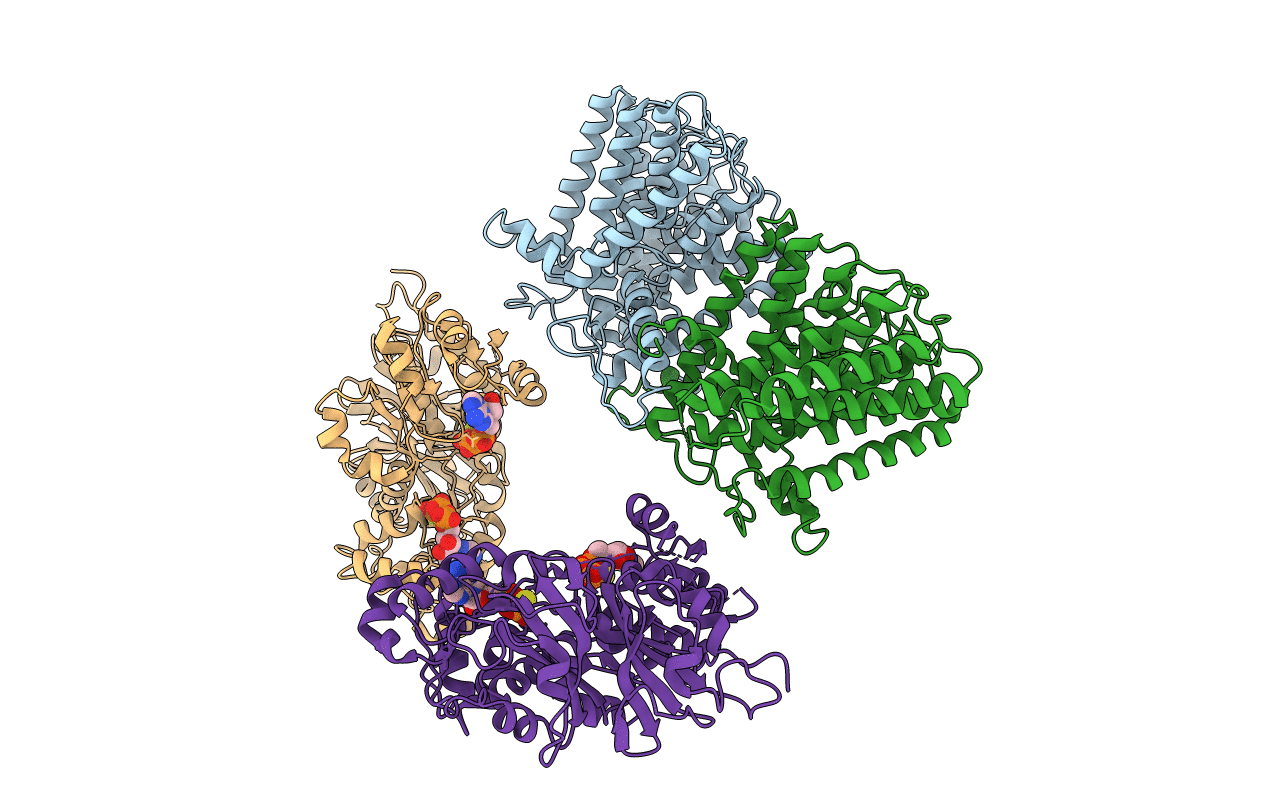
Deposition Date
2019-11-27
Release Date
2020-02-12
Last Version Date
2024-11-06
Entry Detail
Biological Source:
Source Organism:
Host Organism:
Method Details:
Experimental Method:
Resolution:
3.80 Å
R-Value Free:
0.29
R-Value Work:
0.25
R-Value Observed:
0.25
Space Group:
P 42


